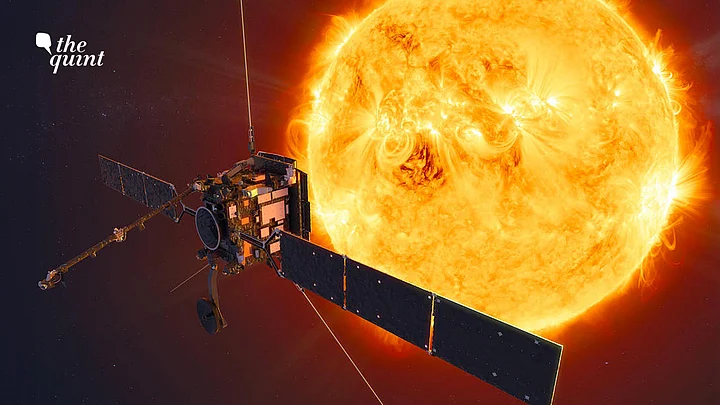The launch of the historic first space based Indian Solar mission Aditya L1 by ISRO is scheduled to take place today on Saturday, 2 September 2023 from the Satish Dhawan Space Centre in Sriharikota. The onboarding of Aditya L1 on PSLV took place on Friday, 1 September 2023.
The success of Aditya L1 mission will be a great milestone for India because it will be counted among the few countries that have completed the Solar mission without any fail.
After the successful landing of Chandrayaan-3 on the South Pole of Moon, Indians are rooting for the Aditya L1 mission. The Aditya L1 Solar Observatory spacecraft has been specifically designed to explore different solar activities in real time, and their influence on space weather.
Aditya L1 Launch Date and Time
The Aditya L1 will be launched today on Saturday, 2 September 2023 at 11:50 am IST.
The overall budget of Aditya L1 is expected to be Rs 400 Crore. The launch vehicle for Aditya L1 is PSLV-XL.
How Much Time Will Aditya L1 Take To Reach Its Destination?
According to the ISRO Chief S Somanath, Aditya L1 will take almost 125 days to reach the L1 point.
Aditya L1 Mission Live Streaming: When and Where To Watch?
The live streaming of Aditya-L1 will be available on the official YouTube channel of ISRO. People can also enjoy the live streaming of this event from the BM Birla Planetarium. The live streaming of Aditya L1 will start from 11:20 am.
Aditya L1 Mission Objectives
According to a report released by ISRO, the Aditya L1 mission objectives include the following:
Study of Solar upper atmospheric (chromosphere and corona) dynamics.
Development, dynamics and origin of CMEs.
Identify the sequence of processes that occur at multiple layers (chromosphere, base and extended corona) which eventually leads to solar eruptive events.
Magnetic field topology and magnetic field measurements in the solar corona .
Drivers for space weather (origin, composition and dynamics of solar wind.
Study of chromospheric and coronal heating, physics of the partially ionized plasma, initiation of the coronal mass ejections, and flares
Observe the in-situ particle and plasma environment providing data for the study of particle dynamics from the Sun.
Physics of solar corona and its heating mechanism.
Diagnostics of the coronal and coronal loops plasma: Temperature, velocity and density.
(At The Quint, we question everything. Play an active role in shaping our journalism by becoming a member today.)
